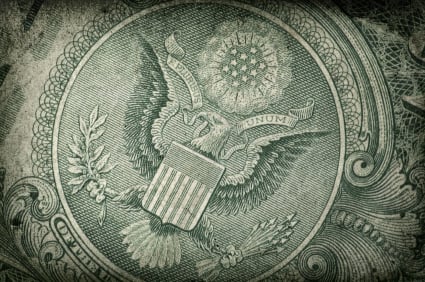Fund manager: Dollar-cost averaging is good way to play uncertain markets
David Hollond has turned to a standby investment strategy to play the housing recovery, and he thinks advisers could use the approach to get clients back into equities.
Mr. Hollond, co-portfolio manager of the $1 billion American Century All-Cap Growth Fund Ticker:(ACAQX), is encouraged by the good news in the housing market but still skeptical — similar to how many investors probably view the economy in general.
“The economy is growing, but no one feels good about it,” he said. “Housing is rebounding, but the sustainability isn't clear. Housing companies are saying a lot of positive things, but there's still a lot of uncertainty.”
In fact, developments in the housing sector have been too good as Mr. Hollond sees it, he said. All 20 cities in the S&P/Case-Shiller Home Price Index had positive monthly gains in June, for the second straight month, according to a Standard & Poor's press release last week. Building permits showed similar improvement, with a 6.8% year-over-year increase in June, according to the Commerce Department.
Still, questions around housing and the economy are keeping Mr. Hollond from making big bets on a long recovery. The solution? Dollar-cost averaging. The portfolio manager started buying into small housing positions and will buy more if the monthly data stay positive. It's a strategy advisers also could use with clients concerned about equities, he said.
Dollar-cost averaging, or making regular investments over a long period, is designed to lower the overall cost per share of an investment as shares are bought when they are up as well as down. Starting with a small amount would let investors ease back into stocks without adding a lot of risk all at once, he said.
It's important to stay invested, Mr. Hollond said, because — despite all the knotted stomachs that the fiscal cliff, Europe and China are causing — the market is doing pretty well.
The S&P 500 was up about 13% through August, but investors had pulled a net $23 billion from U.S. stocks through mutual funds and exchange-traded funds through July, according to Morningstar Inc.
Mr. Hollond contended that much of the cliff-hanging around U.S. stocks will clear up with election in November.
“No matter who wins, you've got a sense of certainty for the next four years,” he said.







